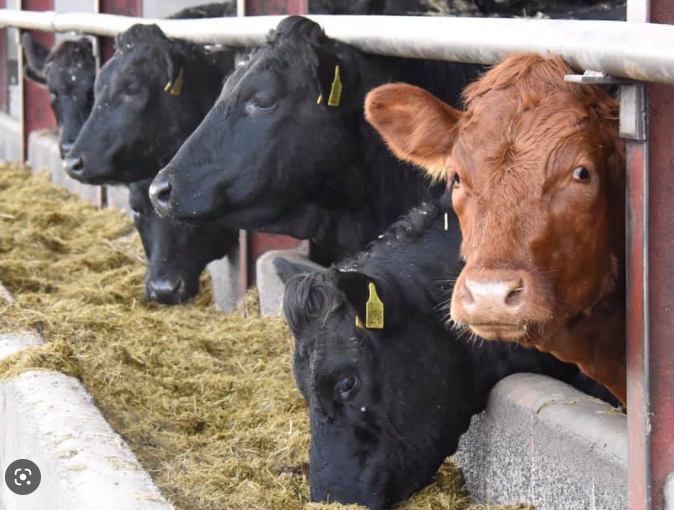Winter Feeding Considerations for In-calf Heifers
15 December 2022Throughout winter, there are many stock classes to consider and nutrition can prove to be challenging with shed space, feed availability and forage quality all contributing to decisions made on farm. However getting winter-feeding right for in calf heifers is extremely important as the herd’s future fertility and profitability relies on the next generation.
The first thing to think about is body condition. An important point to consider is that these heifers as well as growing their calf, preparing for calving and lactation are still themselves growing at approximately 0.5kg/day. From post-service to calving, heifers should be fed to maintain their condition but to avoid putting on excess condition. Aim for a body condition score (BCS) of 3 at calving and to reach a minimum of 80% of mature body weight. Getting condition right at calving will reduce the risk of calving difficulties and optimise colostrum production and quality, which is key for calf health.
In most areas of the country, it is unlikely this year that heifers have been housed too thin, with good grass levels throughout the summer and milder autumn temperatures. However, worth noting for future if heifers are below their target weight at housing, then fed to gain and improve body condition this could potentially lead to issues at calving with big calves. On the flip side if heifers are overly fat at housing and put on a restrictive diet, this can impact the growth of the heifer as well as having a knock on effect on calf development.
Over the course of winter monitor condition to ensure that in calf heifers do not change their BCS by more than 0.5.
First calving heifers dry matter intake can be as much as 20% lower than the mature cows, therefore if feed space is restricted, it is likely the heifers will suffer the most. Heifers should be managed as a separate group and ideally housed away from mature cows to allow for targeted feeding and to reduce the risk of bullying from mature cows. It is worth grouping them with any thin cows, second calvers and those carrying twins that would also benefit from better nutrition. Minimising stress will reduce the risk of heifers aborting as well as contribute to optimal calf development and reduce the risk of health issues at calving.
In a year of increased feed costs it is more important than ever to ensure that on farm forage has been analysed to ensure that energy and protein requirements are being met. Forage analysis will allow for better feed budgeting and management of winter rations. For in calf heifers maintenance is the main requirement and an average growth rate of 0.5-0.7kg/head.
For example, a 550kgkg heifer growing 0.5kg/day will require;
Related FAS Materials
https://www.fas.scot/downloads/technical-note-tn744-beef-heifer-management/
https://www.fas.scot/livestock/calving-heifers-vlog-series/
External Materials
https://ahdb.org.uk/news/winter-feeding-considerations-for-in-calf-beef-heifers
Sign up to the FAS newsletter
Receive updates on news, events and publications from Scotland’s Farm Advisory Service


